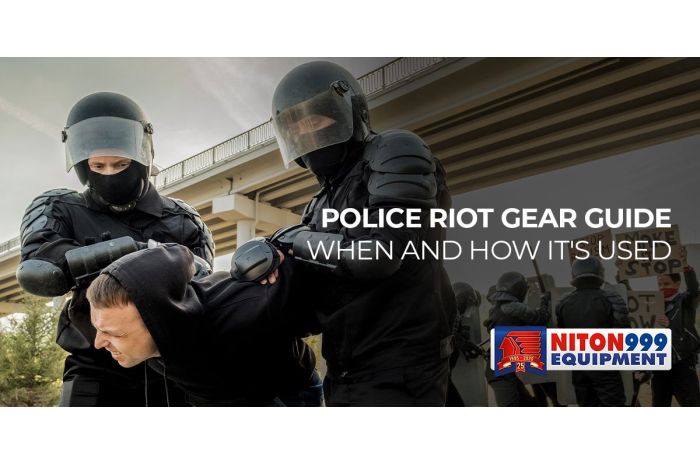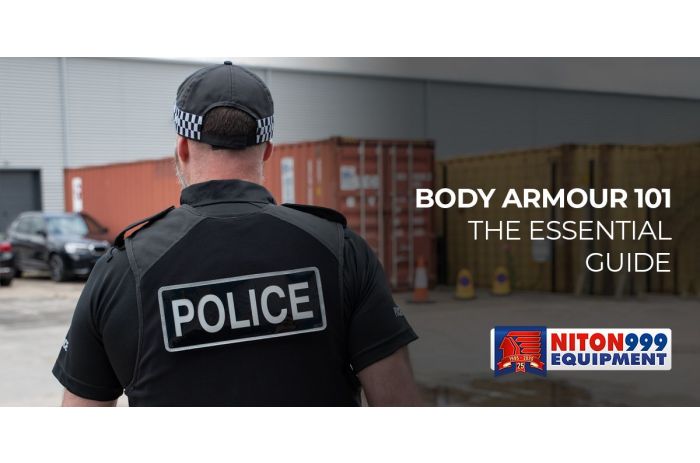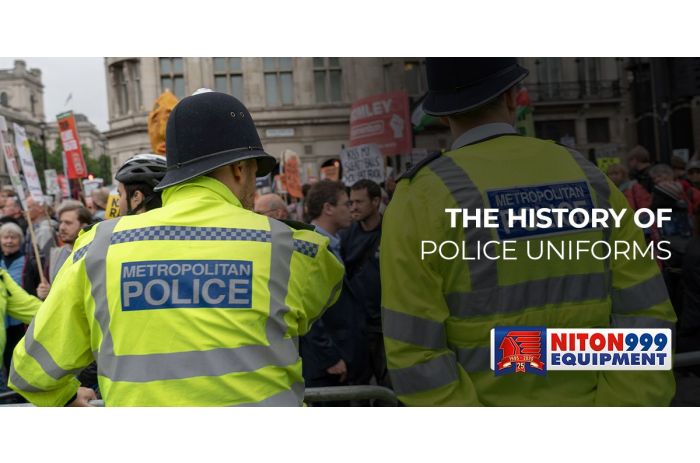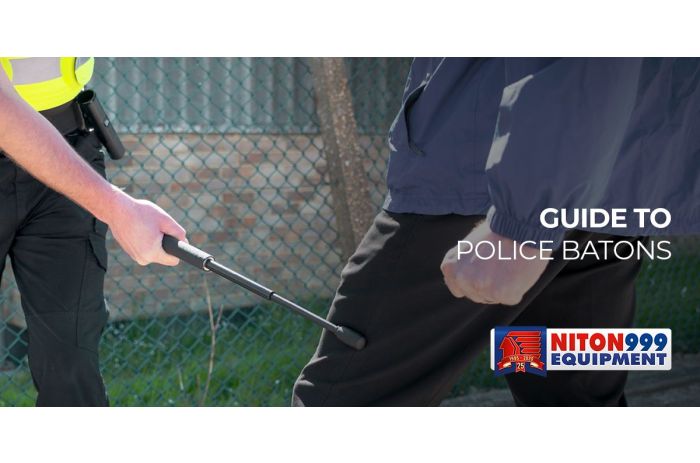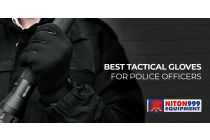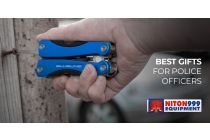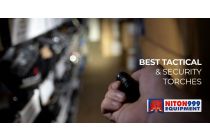Police riot gear has become a necessary tool in the force’s arsenal.
It’s designed to protect officers against the impacts of riots and public disorder while providing them with the tools they need to protect the public and themselves.
The term 'riot gear' encompasses a range of equipment, including helmets, body armour, shields, batons, and gas masks, all designed to protect police officers from potential harm in the line of duty.
This article aims to explore to ins and outs of police riot gear.
When Did the Police Start Using Riot Gear?
In the UK, the late 1960s and early 1970s saw unprecedented social activism, political protests, and civil unrest.
This era compelled law enforcement to reassess their traditional methods and gear.
Ultimately, the increased risks of riots and protests led to the introduction of specialised riot gear to protect officers and improve crowd control tactics.
The Evolution of Helmets and Shields
Initially, police officers were equipped with standard-issue helmets. These gradually evolved into sturdy protective gear, complete with integrated visors. The visors were indispensable, offering protection from projectiles commonly thrown during riots.
Alongside helmets, the inception of riot shields marked a significant change in police gear. Unlike the smaller, round shields used by traditional 'bobbies', these newer shields were larger and rectangular.
Crafted from durable, transparent plastic, they allowed officers to stay observant while being shielded from thrown objects.
The Reinvention of the Police Truncheon
The evolution of law enforcement gear also saw the transformation of the classic police truncheon.
It matured into a longer, weightier baton, capable of being wielded both offensively and defensively during riots. The later introduction of extendable batons added another level of versatility to their equipment.
Full-body Protective Padding
With the realisation of a need for comprehensive body protection, padded overalls became a part of the riot gear.
These provided significant body protection and were made flame-retardant, a crucial feature given the potential threat of incendiary devices.
Continuous Adaptation and Expansion of Riot Gear
Over time, as public disturbances evolved, so too did the police riot gear.
Additions to the equipment arsenal included gas masks, body armour, and specialised less-lethal weapons such as rubber bullet launchers and tear gas canisters.
The Police Riot Gear
Helmet
Riot police helmets are not just ordinary helmets; they are specifically designed and built to provide maximum protection during civil unrest.
These helmets shield an officer's head from potential impact injuries from flying debris, thrown projectiles, or close-quarters confrontations.
They are typically crafted from strong, impact-resistant materials such as polycarbonate or Kevlar. Some models are also resistant to penetration from sharp objects.
These helmets often include full-face shields made from tough, clear plastic for additional safety.
Some models may come with built-in gas mask fittings to facilitate the use of respiratory protection against tear gas and other chemical agents.
Many riot helmets also include a neck protector. This flexible curtain of ballistic fabric guards the vulnerable neck and throat area from blows and flying debris.
Shield
Riot shields are one of the most recognisable components of police riot gear. They serve a dual function, providing a physical barrier between officers and potential threats, and are used offensively to push back crowds.
These shields are typically made from high-strength, transparent materials like polycarbonate, which can withstand substantial impact without breaking. The shield’s transparency is crucial for allowing officers to see their surroundings clearly.
Riot shields come in different shapes and sizes, but most are designed to protect most of an officer's body. Some have handles for manual holding, while others may have arm straps to secure the shield while freeing up the hands.
Baton
The police baton is a key tool in riot control scenarios. Modern batons are often crafted from dense plastic or metal.
Some batons are expandable, offering versatility in both size and function. When compact, they are easy to stow and carry. When extended, they provide the officer with greater reach and control.
Pads
Personal protective equipment for riot police also includes specially designed padding worn on the arms, legs, and torso. This body armour shields officers from blunt trauma that could result from thrown objects, falls, or physical altercations.
The protective padding is typically lightweight, flexible, and designed to absorb and distribute the force of a blow, minimising the potential for injury. Despite the protective nature of the gear, it is also designed to be breathable and to allow for a full range of movement, ensuring officers remain comfortable and agile.
Overalls
To protect the entire body and to carry additional gear, riot police often wear special overalls, sometimes referred to as riot suits. These are typically constructed from durable, flame-retardant materials, protecting against a variety of threats, including fire.
These overalls are designed to be highly durable and are often reinforced in critical areas for added protection. In addition to their protective features, these overalls have practical elements as well, including pockets and attachments for carrying essential equipment like tear gas canisters, handcuffs, radios, and first aid kits.
While these elements are designed for officer protection, they are also designed to work together as a system, providing comprehensive protection for officers during riot control scenarios.
What Do Riot Police Carry?
In addition to their standard gear, riot police are typically equipped with various specialised tools and equipment to handle volatile crowd control situations effectively. Here's a more in-depth look at what a riot officer usually carries:
Non-Lethal Weapons
- Chemical Agents: Riot police often use chemical agents to control and disperse crowds. This includes tear gas and pepper spray. Tear gas is a non-lethal chemical irritant that affects the eyes and respiratory system, proving effective for crowd dispersal. It's often deployed via canisters that are either thrown or launched from a device. Pepper spray is a chemical compound that irritates the eyes to the point of causing temporary blindness, usually used in close-quarter situations.
- Impact Projectiles: Non-lethal impact projectiles are used to control crowds from a distance. These could be rubber or plastic bullets designed to hinder individuals by impact rather than penetrating the skin. Such projectiles aim to deter aggressive behaviour without causing severe injuries.
Communication Devices
Communication is crucial during riot control operations.
Officers carry radios or other communication devices to coordinate actions, report updates, and request assistance. These devices enable rapid response to changing situations.
Protective Equipment
Along with their helmet, shield, baton, body padding, and overalls, riot police also carry equipment for further protection, such as gas masks to protect against their own tear gas and other airborne irritants.
They might also have access to earplugs or noise-cancelling devices to protect against loud noise distractions or disorienting sound-based devices used for crowd control.
Specialised Tools
Riot police officers may carry additional specialised equipment depending on the situation. This could include tools for breaching doors or barriers, equipment for climbing or descending buildings, or devices to detect and monitor heat signatures or gas concentrations.
First Aid Kit
Given the risks inherent in riot situations, officers usually carry a basic first aid kit to handle minor injuries until medical professionals can take over.
Summary: Understanding Police Riot Gear: When and How It's Used
Police riot gear plays a crucial role in the field, providing a physical barrier between officers and potential threats during civil disturbances. The use of this gear is multifaceted, depending on the type of situation, the level of perceived threat, and the specific policies of the law enforcement agency involved.
While it is primarily designed to protect against physical assaults and lower-velocity projectiles, it is not typically equipped to handle high-velocity bullets.
Niton999 stocks a range of riot gear, from body armour to batons and protective gear.
Police Riot Gear FAQ
Is police riot gear bulletproof?
Police riot control equipment typically includes a helmet, shield, body armour, gas mask, and other protective items designed to shield against blunt objects and less-lethal weapons like pepper spray or rubber bullets.
While some of the body armour may offer some level of bullet-resistant protection, it's not typically designed to the same standards as bulletproof vests used in high-risk situations. Riot gear is primarily designed to protect against physical assaults and low-velocity projectiles, not high-velocity firearm bullets.
Why do UK police not carry guns?
In the UK, most police officers do not carry firearms as part of their standard equipment. This practice is rooted in the historical principle of 'policing by consent,' the idea that the authority of the police comes from the public's acceptance and cooperation rather than from the threat or use of force.
It's also due to a traditionally low number of firearms offences in the UK. There are, however, specific armed units within UK police forces that are deployed when a situation requires a firearms response.
How heavy is a riot shield UK?
The weight of a riot shield can vary depending on its size and materials, but as a general rule, you can expect a typical one to weigh around 5 –7 kilograms (~11-15 pounds). Some lighter models might weigh less, while heavier, larger, or more robust shields could weigh more.
How heavy is full riot gear?
The weight of full riot gear can also vary significantly depending on the specific components included and the materials used. A complete set could include a helmet, body armour, gloves, boots, gas mask, baton, and shield.
Altogether, this could weigh around 20 to 27 kilograms (~44 to 60 pounds), or possibly more if additional gear (like specific bullet-resistant vests or equipment for handling explosives or chemical agents) is included.

